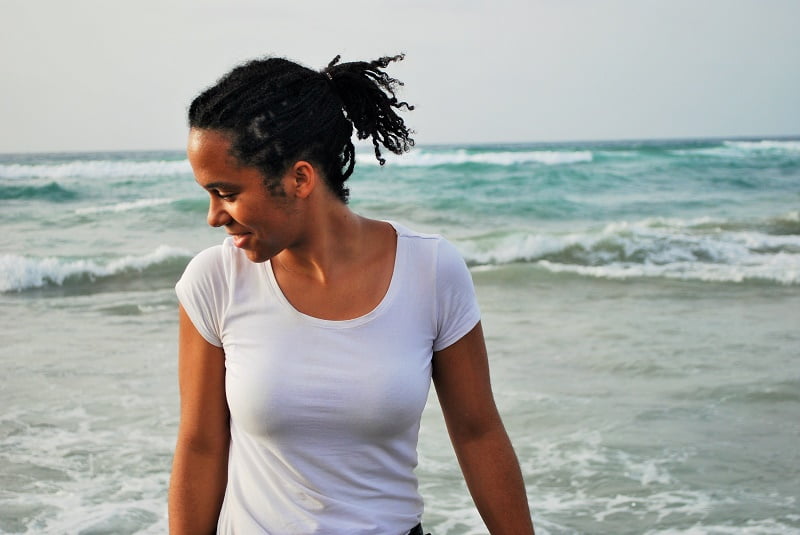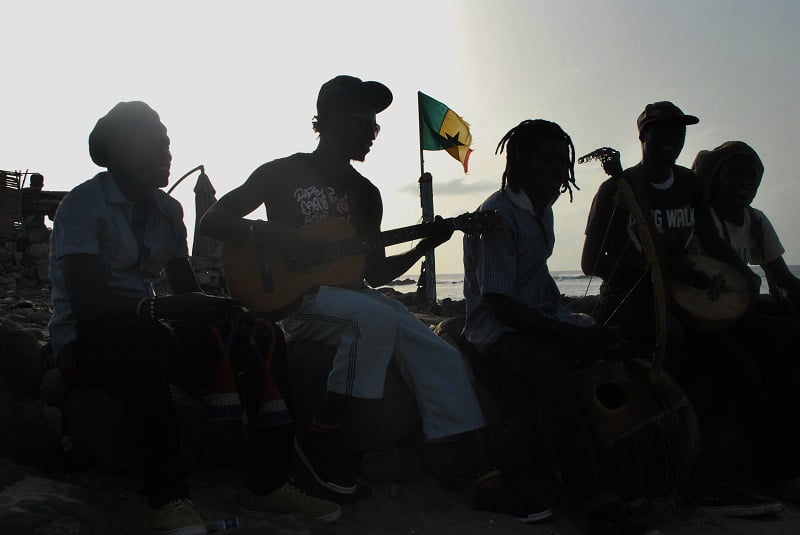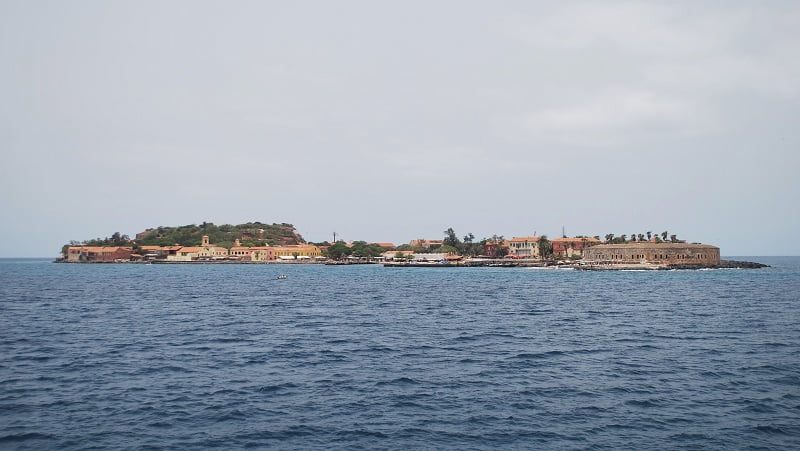DAKAR, A WORLD APART FROM THE RALLY IN SENEGAL
Traveling discovering and learning is the most beautiful way and the only way that I personally understand as useful. Traveling outside of Spain opens your mind, imagine moving to other continents. Thanks to the Erasmus stay, I was able to get in touch with the NGO “One World” that offered me a trip to Dakar (Senegal) to test the game we created at the Hanzegosheschool University in Groningen, Netherlands. But that is another story. What is interesting about this post is to find the best places to get to know the city of Dakar and its surroundings.
Africa. It sounds like guaranteed success because of all the exoticism written and it results in poverty because of everything said in the news. The truth is that there is economic poverty but there is a much greater wealth in solidarity and the idea of family than in other places in our environment.
As far as I could see, Senegalese is a friend and is treated as a brother, until proven otherwise.
Those who are not brothers, although they may pass for distant cousins, are the “tubab” or whites. Among them, strangely, despite my brown color, I found myself labeled during my stay there. Still, the Tubab are not despised, on the contrary, they are highly appreciated and easily get marriage proposals, which may or may not be rejected with a warm smile in response. Apart from the offers and some tripled prices (haggling is recommended), the atmosphere is welcoming and even if you don't speak Wolof and your French is poor as happened to me, the experience with the locals is the best you can have.
For those who hesitate to travel by language, in the most touristy places one can get by in English perfectly, even in Spanish
But let's not deviate from the abstract experience and talk clearly about the places you could visit if you decided to travel to Dakar. The first place I wanted to visit was the beach. Dakar is surrounded by the sea and it is understandable that one would think that one could spend a day on the beach swimming in the wild. However, the beaches are rocky and the sea is very strong in that area so it will be difficult to find a very large swimming area. The beach where I managed to get my feet in was Virage, between the neighborhoods of Ngor and Yoff in the north of the city and near the airport. The views there are many rocks, some surfers practicing and many other bathers who venture to fight against the maelstrom of blue and foam.
Virage Beach, Ngor, Dakar

In addition to water and a bit of sand, the beach has some restaurants and sun loungers where you can relax and listen to the music of some street musicians. While I was there I was able to observe how a group of tourists got off the bus and stood in a corner of the beach, a big mistake.
You have to feel the beach, not be afraid of it, move, talk to people, buy and thus promote commerce in the area
If upon returning from the trip you do not know the name of any young person from the place and the story of more than five who have been to Spain, the five-hour plane transfer will have been wasted.

*Street musicians on Virage beach, Ngor.
Goree or Slave Island, Dakar

Once the initial visit to the beach is over, it is an obligatory ferry trip to Goree or Slave Island, known for the mansion where the Portuguese, Spanish and French forces tortured and sold local people until theoretically 1848, when France abolished slavery.
This small accumulation of land of just 17 hectares allows tourists to savor the magical atmosphere that these types of places have, surrounded by the sea on all four sides. Calm, tourists, sun, history and more tourists flood the space and encourage you to relax and enjoy the sound of the sea. The slave mansion is an example of that history that should not be repeated.
As I walked through its places, I felt the energy that those places hold where people's pain seems written in their minds and the screams of their cries waiting in the dust to prevent anyone from forgetting what happened.
After the beach and the beautiful island, it is worth a walk through the center and the markets. Buy a nice fabric and go to the nearest dressmaker so that in less than a day and for less than 20 euros you will have a custom-made Senegalese dress with European touches (perhaps shorter than usual there).
You will probably find some children begging on the street and you may very well think that they are street children. The special case of Dakar is that these children are not primarily street children. They are the “talibé”, which means “student”, they dedicate themselves to begging for food and money with some cans to later give them to their teacher, the “maraou”. For more information I recommend an article from Irin news titled “Scant progres son Senegal's talibe problem”.
Joal-Fadiout or the island of shells
Briefly before ending this post, if you have time to visit the interior, do not leave out Joal-Fadiout or the shell island on your journey. A land completely covered with shells that have been left for centuries and that shaped the town and the joint cemetery of Muslims and Christians that stands nearby. In the nerve center of the town, a large baobab tree where sacrifices are made along with the sculpture of a saint, an image of the duality and mixture of Western (inherited from colonialism) and African that endures to this day.
